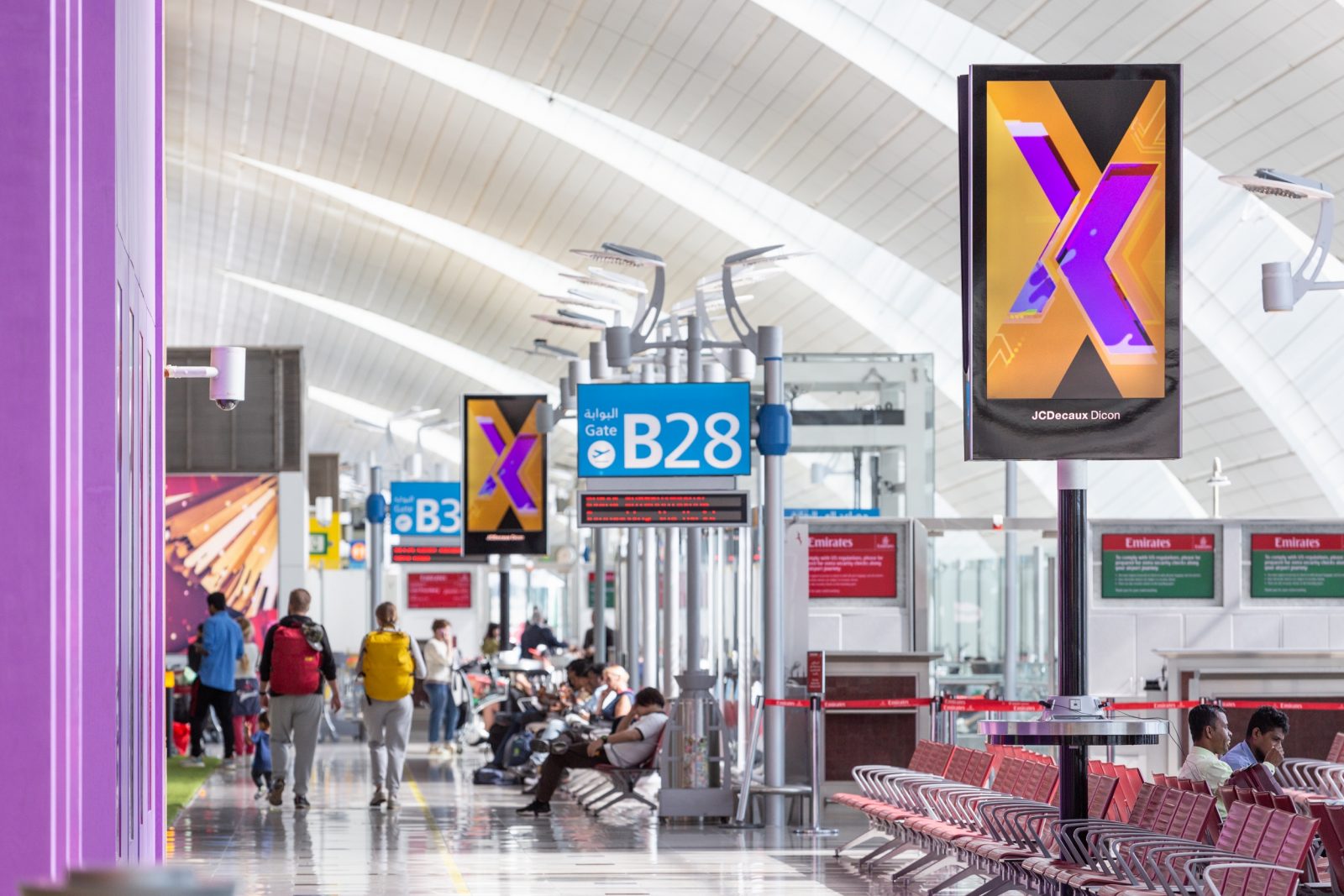
Ever wondered why airports have those three-letter codes? These codes, known as airport codes, are more than just random letters. They tell stories, reveal history, and sometimes even spark curiosity. From the bustling terminals of JFK to the sunny runways of LAX, each code has a unique origin. Some are straightforward, like ATL for Atlanta, while others, like ORD for Chicago O'Hare, have fascinating backstories. Whether you're a frequent flyer or just curious about the world of aviation, understanding these codes can add a new layer of interest to your travels. Buckle up as we explore 14 intriguing facts about airport codes!
Key Takeaways:
- Airport codes are unique identifiers for airports, helping pilots and travelers. They are assigned by IATA and ICAO, with some reflecting city names or historical origins.
- Some airport codes have funny, unexpected, or memorable stories behind them. They are assigned systematically, reflecting geographical locations and avoiding duplicates.
What Are Airport Codes?
Airport codes are unique identifiers for airports around the world. These codes, usually three letters long, help pilots, air traffic controllers, and travelers navigate the complex world of air travel.
-
IATA Codes: The International Air Transport Association (IATA) assigns three-letter codes to airports. These codes are used on tickets, luggage tags, and flight schedules.
-
ICAO Codes: The International Civil Aviation Organization (ICAO) assigns four-letter codes. These are used by air traffic control and airline operations.
History of Airport Codes
The history of airport codes is fascinating and reflects the evolution of air travel.
-
Early Days: In the early days of aviation, airports used two-letter codes. As air travel expanded, three-letter codes became necessary to avoid confusion.
-
City Codes: Many airport codes are derived from the city name. For example, LAX stands for Los Angeles International Airport.
-
Historical Names: Some codes reflect historical names. For instance, ORD stands for O'Hare International Airport in Chicago, originally named Orchard Field.
Unique and Interesting Airport Codes
Some airport codes have interesting stories or unique characteristics.
-
Funny Codes: Some airport codes are amusing. For example, FUN is the code for Funafuti International Airport in Tuvalu.
-
Unexpected Codes: Not all codes are obvious. For instance, the code for Nashville International Airport is BNA, derived from its original name, Berry Field Nashville.
-
Memorable Codes: Some codes are easy to remember. JFK stands for John F. Kennedy International Airport in New York.
How Airport Codes Are Assigned
The process of assigning airport codes is systematic yet sometimes quirky.
-
Geographical Influence: Codes often reflect geographical locations. For example, SEA stands for Seattle-Tacoma International Airport.
-
Avoiding Duplicates: No two airports can have the same code. This rule ensures clarity and avoids confusion.
-
Special Cases: Some codes are assigned based on historical or political reasons. For example, PEK stands for Beijing Capital International Airport, reflecting its Pinyin spelling.
Fun Facts About Airport Codes
Here are some fun facts that highlight the quirks and trivia of airport codes.
-
Longest Code: The longest airport code is eight characters long, used by ICAO. For example, the code for London Heathrow is EGLL.
-
Shortest Code: The shortest airport codes are two letters long, used in the early days of aviation.
-
Code Changes: Sometimes, airport codes change. For example, the code for Tokyo's Narita International Airport changed from NRT to RJAA when ICAO codes were introduced.
The Final Boarding Call
Airport codes are more than just letters on your boarding pass. They tell stories of history, geography, and sometimes even a bit of humor. From LAX representing Los Angeles International Airport to ORD for Chicago O'Hare, these codes are essential for keeping the aviation world organized. Some codes, like EWR for Newark, might seem odd, but they all have unique origins. Understanding these codes can make travel a bit more interesting and give you a glimpse into the world of aviation.
Next time you're at the airport, take a moment to appreciate the thought and history behind those three-letter codes. They’re not just random letters; they’re a small part of the vast, interconnected world of air travel. Safe travels, and may your next flight be as fascinating as the codes that guide it!
Frequently Asked Questions
Was this page helpful?
Our commitment to delivering trustworthy and engaging content is at the heart of what we do. Each fact on our site is contributed by real users like you, bringing a wealth of diverse insights and information. To ensure the highest standards of accuracy and reliability, our dedicated editors meticulously review each submission. This process guarantees that the facts we share are not only fascinating but also credible. Trust in our commitment to quality and authenticity as you explore and learn with us.


